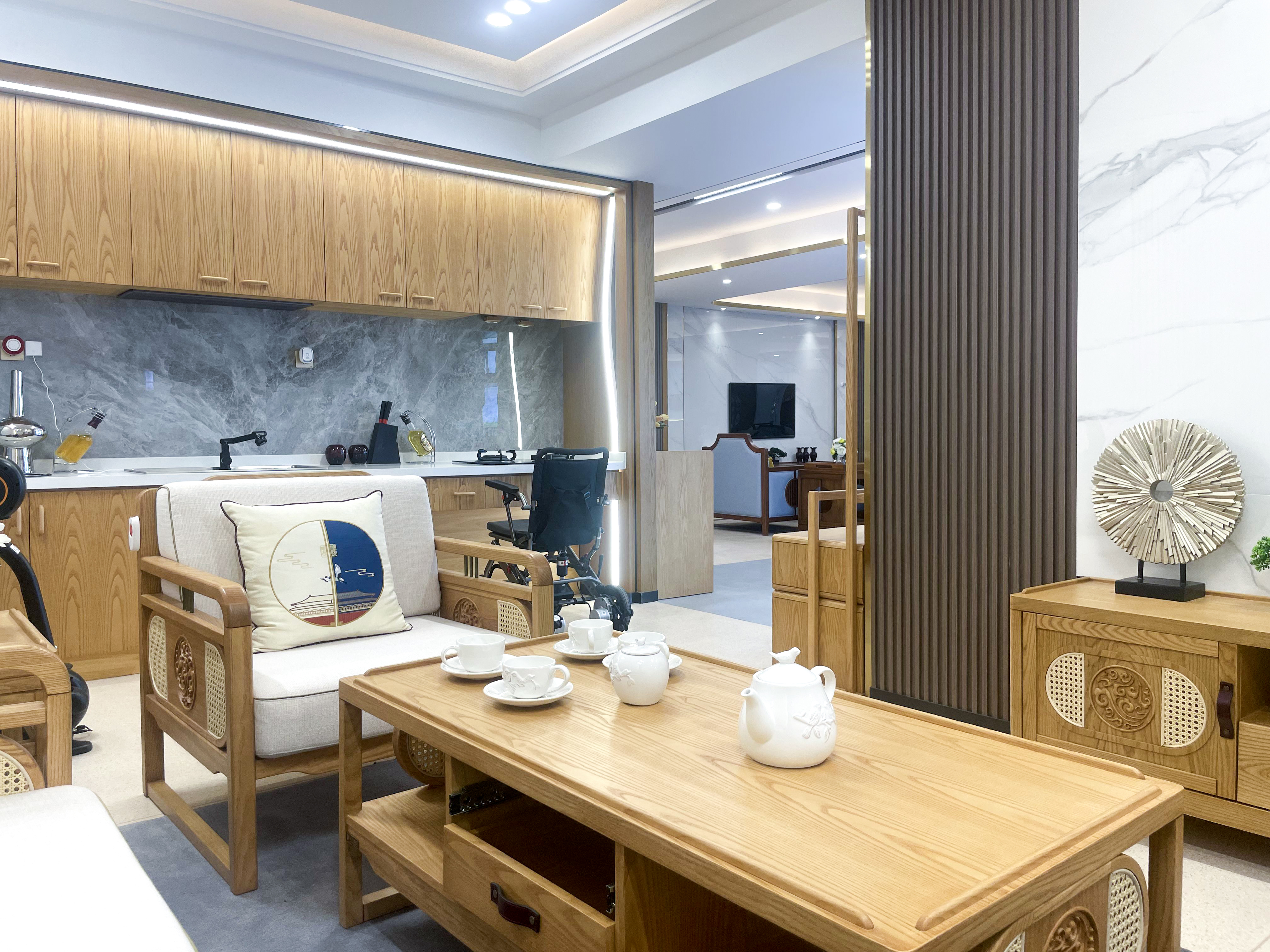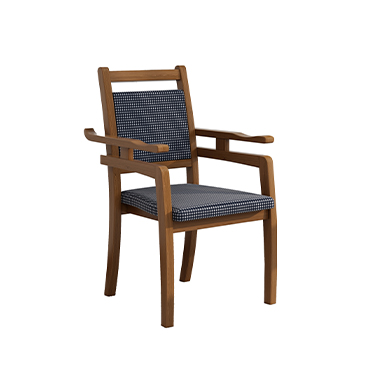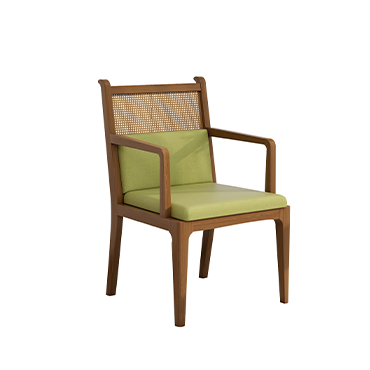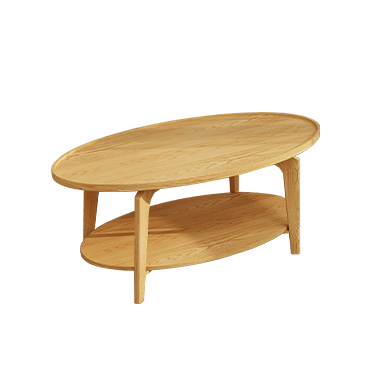Five Key Features of Elderly-Friendly Furniture Design | Create a Safe and Comfortable Aging-in-Place Environment
As the global population ages, elderly-friendly furniture is becoming essential for comfortable and safe senior living. Compared with regular furniture, senior-focused designs must address specific mobility, safety, and health needs. Here are five essential features to consider when designing elderly care furniture:
1.Designed for Daily Routines and Comfort
Seniors often engage in reading, writing, or painting. Furniture should enhance these activities with:
Adjustable-height desks
Ergonomic reading chairs
Built-in magnifiers or enhanced lighting
These features help improve independence and comfort.
2.Solve Mobility and Balance Issues
Many elderly people struggle with sitting down, standing up, or maintaining balance. Furniture should include:
Optimal seat height for easy transitions
Stable armrests for support
Non-slip bases for added safety
3.Easy to Clean and Maintain
Tremors can cause accidental spills. Therefore, elderly care furniture should be:
Water- and stain-resistant
Equipped with detachable, washable covers
Made from durable, low-maintenance materials
4.Prioritize Stability and Safety
Unstable, lightweight furniture can be hazardous. Safe design elements include:
Solid construction and weight balance
Rounded corners to prevent injury
No sharp edges or fragile joints
5.Support In-Home Medical Care Needs
Many seniors require basic medical care at home. Furniture should incorporate:
Multi-functional beds that lift, recline, or rotate
Patient transfer aids to move from bed to bathroom or chair
Bathing and toilet chairs to ease hygiene tasks





